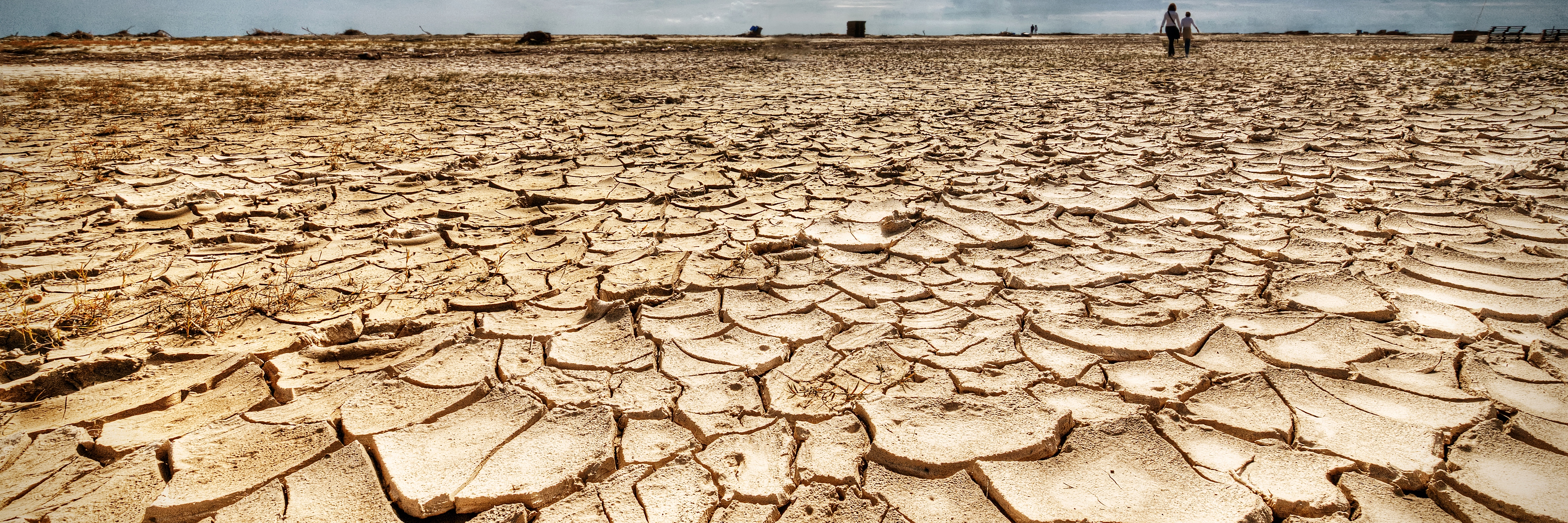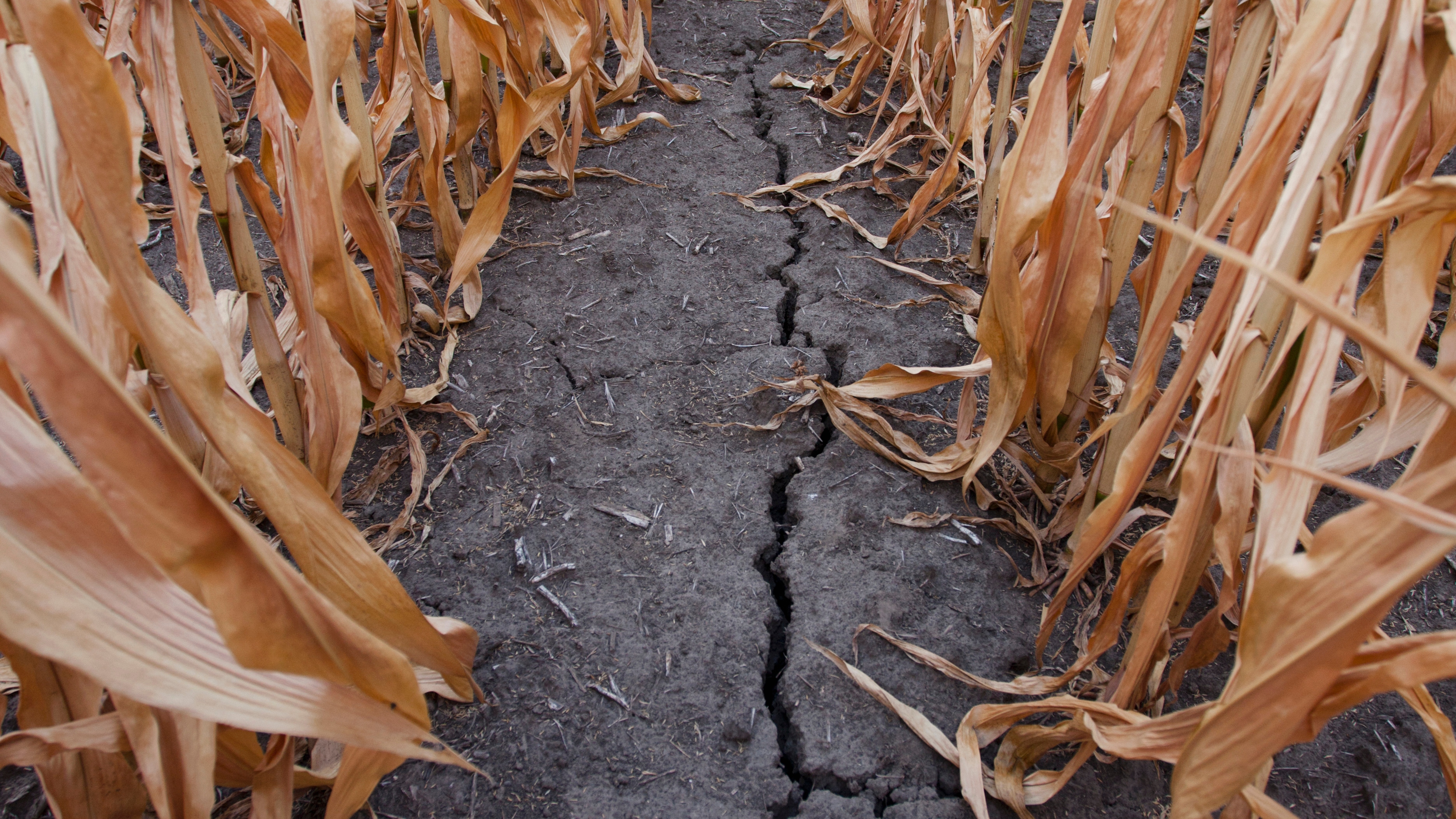
Droughts and heatwaves
Dangerous consequences of climate change
properties.trackTitle
properties.trackSubtitle
Drought – The multifaceted, underestimated natural hazard
fuelled by dry conditions
The Intergovernmental Panel on Climate Change (IPCC) expects heatwaves and droughts to increase in severity, frequency and duration in many regions as a result of climate change. If there is a further increase in greenhouse gas emissions by the middle of the century, we could see heatwaves that were previously only likely every twenty years occurring every two to three years in the American Midwest and central Europe. In Southeast Asia, such conditions could even be likely to occur every one to two years.
Droughts in particular will become an extremely costly natural hazard over coming decades, presenting a risk to global food supplies as a result of crop failures and a higher incidence of plant disease.
Where were the most severe droughts in recent times?
- Heatwave in 2022 in central Argentina, Paraguay and Uruguay exacerbates drought: towards the end of spring, in December heatwave temperatures in these two countries rose to well over 40°C in some places, breaking all records for that time of the year. The heatwave exacerbated drought conditions that have essentially persisted in the region since 2019. A so called attribution study concluded that the heatwave had become roughly 60% more likely as a result of climate change, compared to pre-industrial times.
- In many European countries, the summer of 2022 was marked by extreme heat and drought, followed by severe thunderstorms. In the United Kingdom, temperatures climbed above the 40°C mark for the first time. One study found that the probability of temperatures like these in the UK had risen by a factor of 10 due to climate change.
- In Germany and Italy, there was so little water in rivers that commercial shipping had to be heavily restricted. Meteorologists spoke of the driest summer for several hundred years. The hot and dry conditions fuelled wildfires and the 800,000 hectares (8,000 km2) of land burnt in the European Union in 2022 was two and a half times the annual average of the previous 15 years.
- There was not enough rain even in the winter months in many European countries, including France, Italy and the UK again, which means that the water shortage will likely continue in 2023.
The consequences of droughts

Droughts have a significant impact on agriculture, with consequences including crop shortfalls, a higher incidence of plant disease and even total crop failure. During prolonged or frequently recurring periods of drought, the soil and flora become so badly damaged that desertification occurs.
When the soil and plants dry out, the likelihood of wildfires increases, along with the risk of high-value assets being destroyed in populated areas. In regions where buildings are constructed on top of swelling clay, the ground may shrink during a drought, leading to subsidence. Buildings can then be damaged as a result, for example through cracking and tilting.
Heatwaves and health
The human body responds to changing temperature conditions in a variety of ways. In hot weather, blood pressure drops, the heart has to beat faster and a lot of body fluid is lost. Particularly in the old and infirm, these additional burdens can be too much for the cardiovascular system and ultimately result in death.
Heatwaves and the economy

There are also indirect effects caused by the reduced availability of water and higher water temperatures. Hydroelectric and thermal power stations are forced to reduce their output if there is not enough water to support power generation, or if there is insufficient cooling water to maintain permissible discharge temperatures.
Prolonged periods of heat also have an impact on the economy: accident numbers rise and employee productivity declines.
Digitalisation and artificial intelligence are opening the way to new insurance solutions
Reinsurance solutions
Industry solutions















